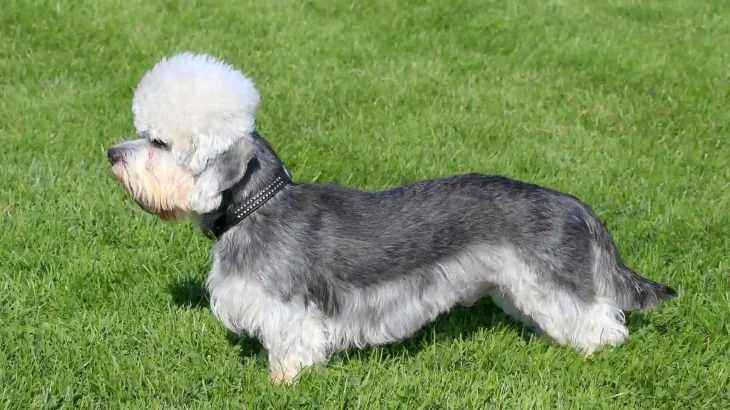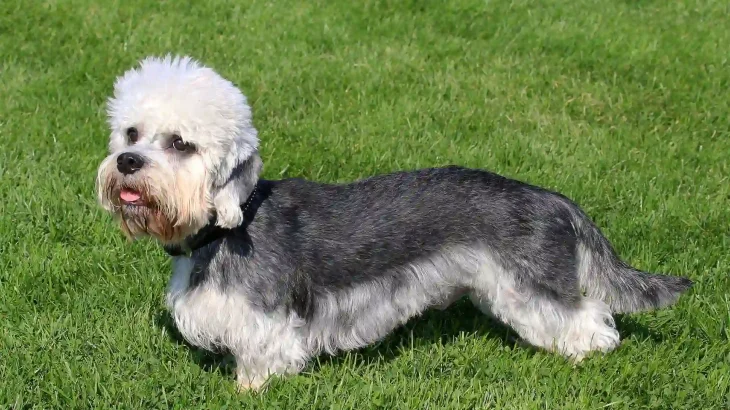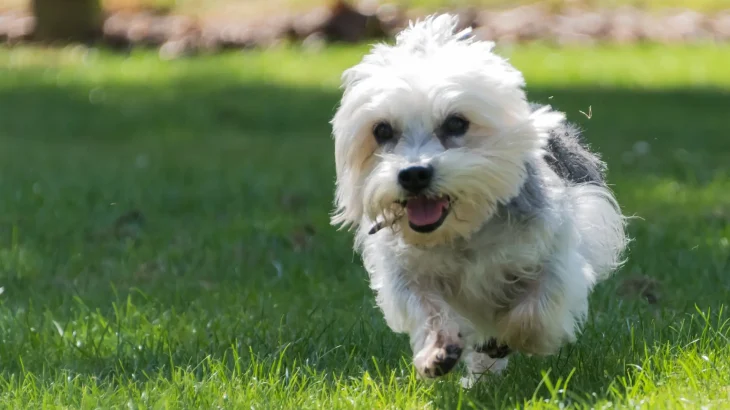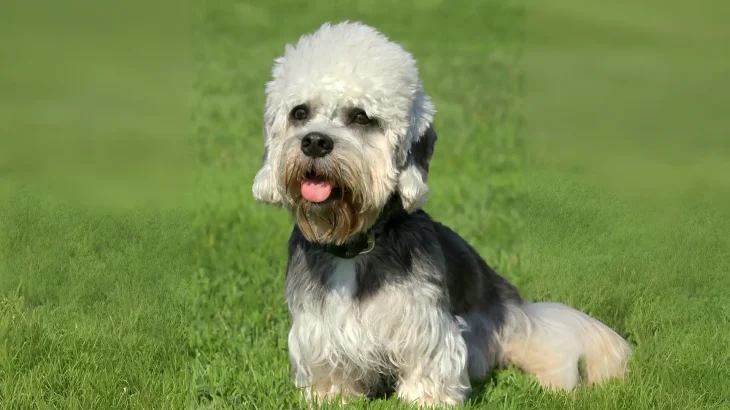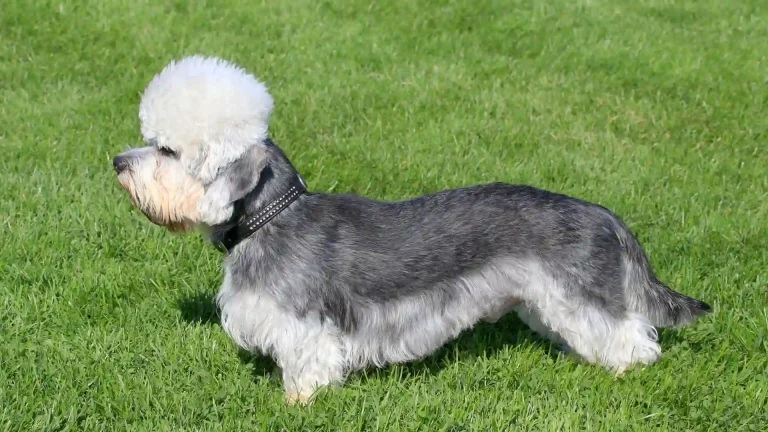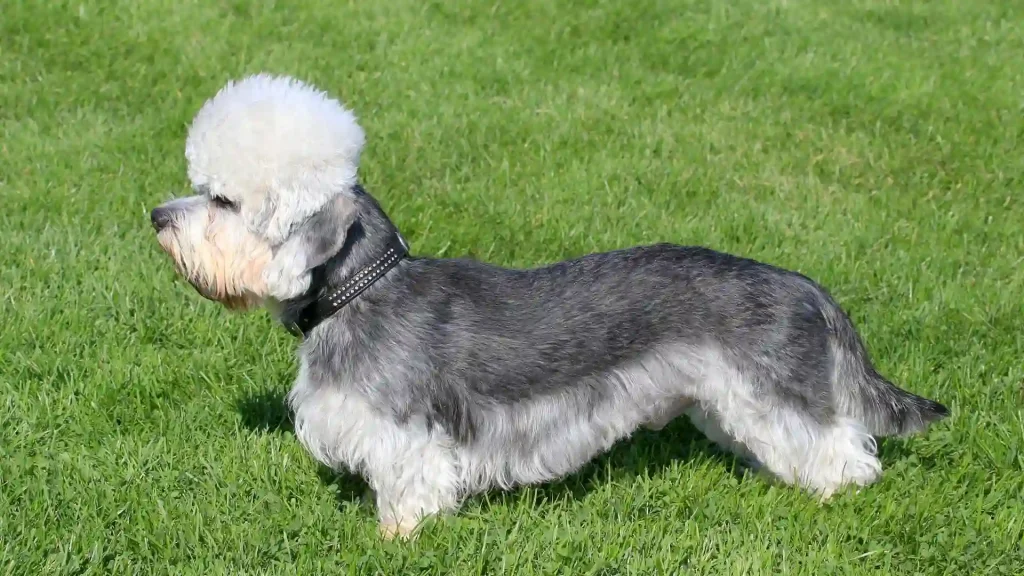Pet insurance is a smart choice for owners of the Dandie Dinmont Terrier, a breed that's mostly healthy but prone to issues like cancer, liver shunts, and spinal disc problems. Insurance helps cover unexpected vet bills for treatments and surgeries, giving peace of mind. Since these dogs are curious and active, insurance is useful for emergencies like poisoning or sudden illness. While their health needs may not be frequent, costly conditions make insurance a good safety net. Coverage usually includes surgery, diagnostics, medications, and sometimes preventive care, but plans differ. Knowing deductibles and co-pays is key to choosing the right plan. Alternatives include wellness plans or saving money, though these may not cover emergencies.
Health and Surgery Coverage
Insurance typically covers issues like cancer or spinal problems common in this breed. Surgery coverage is essential, as procedures can be expensive. Insurance lowers out-of-pocket costs, though deductibles or partial coverage may apply. The benefit is quicker access to care; downsides include premiums and no coverage for pre-existing conditions.
Liability Coverage
This protects owners if their Dandie Dinmont Terrier causes injury or property damage. Though usually friendly, accidents can happen given their active nature. Liability coverage can prevent costly claims but is usually an add-on, increasing premium costs.
Common Alternatives and Owner's Financial Responsibility
Some opt for wellness plans covering routine care but not emergencies. Others self-insure by saving funds. The risk is high unexpected costs without insurance. Even with insurance, owners pay deductibles and co-pays and face exclusions, so budgeting and understanding terms is important.
Advantages and Disadvantages of Pet Insurance
The biggest plus is financial protection against costly health issues, enabling timely care and easing stress. Downsides include premium costs, potential unused claims if the dog stays healthy, and limits excluding hereditary or pre-existing conditions. Owners must weigh these factors.
Illustrative Scenario
Imagine a curious Dandie Dinmont Terrier eating something toxic. Without insurance, the owner faces a large emergency vet bill. With insurance, most costs are covered, allowing prompt treatment without financial worry. This highlights why insurance fits this breed's health risks and behaviors.

